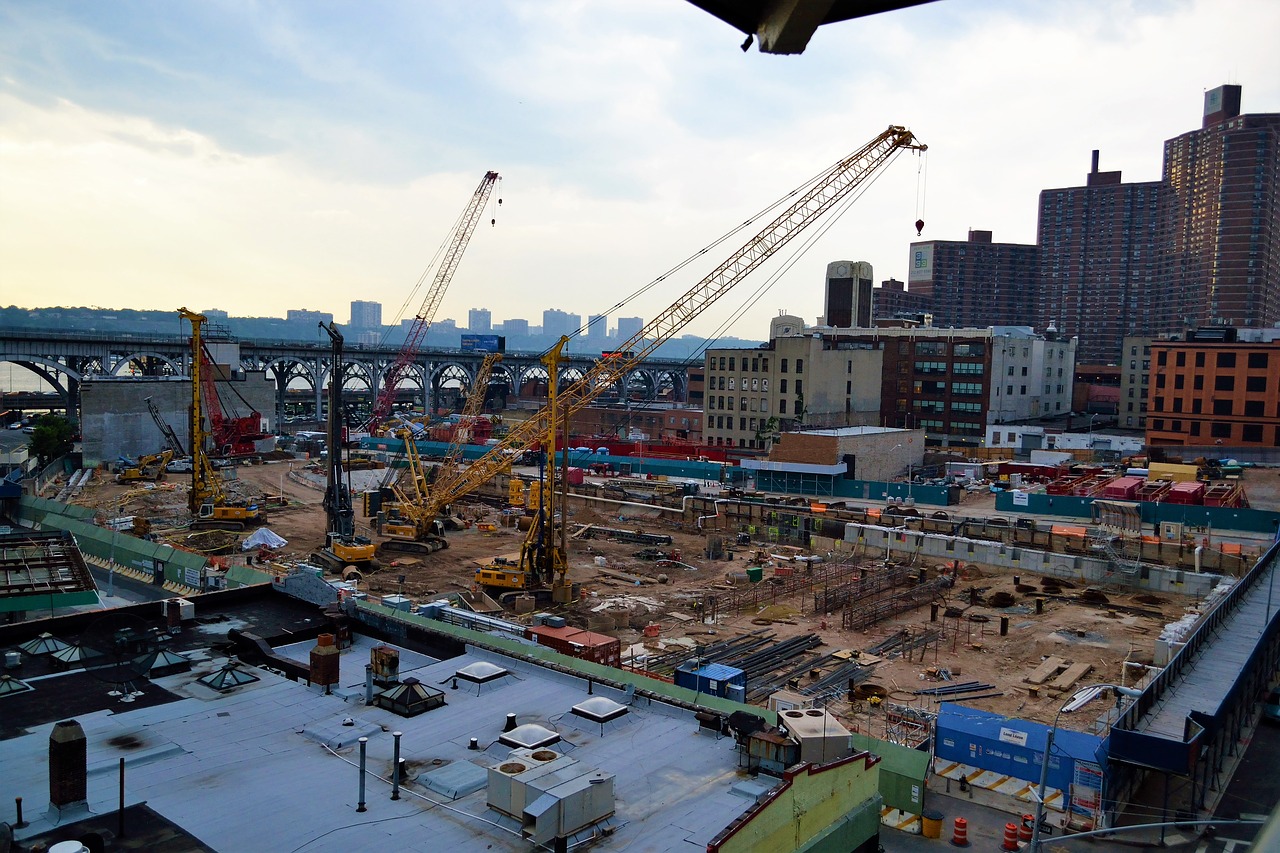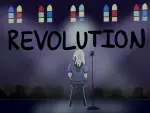Universities typically boast about what they do for the local community — bring money and employment into the city, and provide services and a future workforce through its alumni. Not often do we hear universities take ownership of what they do to the surrounding community. Universities can often bring distress as they displace residents and threaten local businesses through gentrification — and the risks universities pose to neighboring communities have only gotten worse in the time of COVID-19.
Soon after students arrived on campuses for the fall semester, a large spike in COVID-19 cases occurred in many college towns. Nineteen out of 25 of the worst outbreaks during mid-September were located in college towns, according to Forbes. Officials are worried not only for students, who face the possibility of long term side effects and death if they get COVID-19 but also for surrounding community members whom the students could infect in the case of an on-campus outbreak. When students flee campuses, they can also drive up local rents.
As Areas Around a College Gentrify, The Surrounding Community Is Often Displaced
Gentrification refers to an economic change in a neighborhood that has been historically disinvested in. The changes can consist of real estate investments and an influx of residents with more income and education than is typical of the area, according to the Urban Diversity Program. Prestigious universities with primarily white student populations can contribute to these trends.
A good example of these phenomena can be found in the area around the University of Chicago, located in the racially diverse neighborhood of Hyde Park located in the city’s South Side. Lauren Michele Jackson shared her experience as a graduate student at the University of Chicago in a 2014 Atlantic article. People gave her dirty looks and crossed the street to avoid her when she walked around without indications of her university affiliation.
People often give first-year students advice about what places to avoid near urban universities. As a local in the city where I attend college, I often have had peers ask before attending something, “Is this in a good/safe area?” When people search for housing off campus they make comments about how areas can differ and their desire to avoid armed robberies. This language is frequently racially coded, hinting more at demographics in an area than real concerns about safety.
Mikki Kendall, the author of “Hood Feminism,” was born and raised in Chicago and has had a similar experience to Jackson with the primarily white student population of the University of Chicago.
“[My husband and I] get the purse clutch,” Kendall shared with the Atlantic. “We get the skittish, giggly walk away … A girl walked in the grass for four blocks while me and my husband walked home at night. Because apparently two black people walking down [the] street, she couldn’t even be on the sidewalk with us.”
Jackson didn’t attribute the impact the University of Chicago has on the surrounding community to gentrification, but instead, to the attempt to create a college town out of an urban area. Students’ desire to have a college town environment may fuel efforts to “improve” the area. These changes can make residents feel unwelcome in their own neighborhood and force local businesses out of the area.
As Students Seek Off-Campus Housing, Rising Rents Impact Community Members
The expansion of universities can spike rental prices near the schools. Landlords capitalize on the housing demand as universities cannot support the growing student population demand for housing. As prices rise to accommodate students’ needs, the low-income residents of the city cannot afford to rent anymore.
This is true for the Boston city area surrounding Boston University. “The city notes that its more than 147,000 students place an ‘enormous strain’ on the housing market, ultimately contributing to higher rents for Boston’s workforce,” according to a 2019 BU News Service article. “The problem, according to the plan, stems from university growth over the past 20 years, coupled with a lack of dormitories.”
The global pandemic has exacerbated the housing issues that college students cause. At Washington University in St. Louis, where I attend, the administration announced that juniors and seniors would be forced out of their housing contracts on campus a month before classes started. Without an off-campus apartment, students would have to complete all of their classes remotely from home. Students scrambled to secure housing near the university, which increased both the demand for and prices of nearby apartments.
The average rent of a one-bedroom apartment in St. Louis has increased by 15% this year alone, according to St. Louis public radio. Students flooded landlords with applications and offered double and triple the normal rent amount in order to ensure that they could live near the university. This has caused rental rates to increase even further and leaves low-income students with fewer options. The inflation of housing costs near campus, and even 20 minutes away, will most likely remain beyond the pandemic as demand for more housing options has already been increasing.
The effects of gentrification and its relationship to COVID-19 have a serious impact on the surrounding community. Local marginalized communities lose their homes and businesses. Coronavirus can spread from young college students and disproportionately threaten the lives of Black people in the city.
Students Are Also Impacted By Rising Rents and Strained Community Ties
Students are also affected by the relationship between their university and the surrounding city. Housing demand that drives rental prices burdens low-income students as well. This year, the university was not accommodating to students with financial need or unsafe home lives when they terminated upperclassman contracts.
In addition, living off campus can cause strained relationships with local neighbors such as older residents and families, who may have years of pent-up frustration from the challenges of living near college students. Students who value social justice take on an emotional burden of benefitting from attending a university that contributes to the issues, things like gentrification, that they are dedicated to fighting. These issues do not compare to the devastating effect of gentrification and community spread of COVID-19 but are important to note.
University Administrators Should Be Mindful Of The Impact Of Their Policies
While students should consider the effect their presence brings to a community and be thoughtful in their interactions with local residents, the responsibility falls mainly to the university. Administrators ought to take action to alleviate the stress university expansion brings to a surrounding community and educate students about how to be respectful of the city they are moving into.

















I’ve been exploring for a little bit for any high
quality articles or blog posts on this kind of area . Exploring in Yahoo I eventually stumbled upon this web site.
Studying this info So i am glad to express that I have an incredibly just right uncanny feeling I discovered exactly what I
needed. I so much definitely will make certain to don?t overlook this site and give it a glance regularly. https://Dublinohiousa.gov/